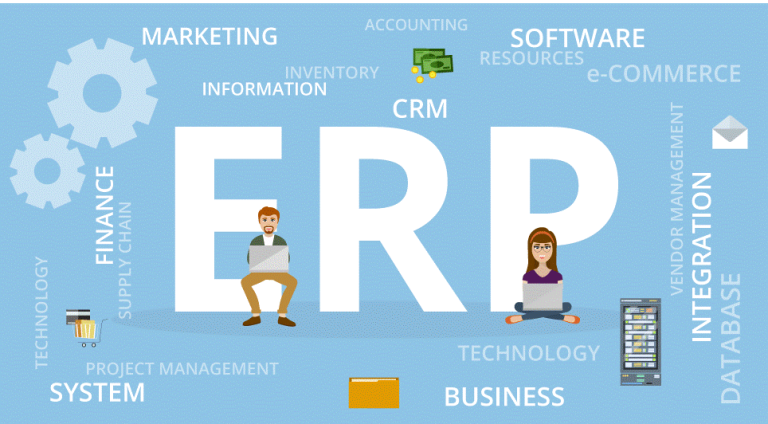Data breaches are becoming increasingly common, making it more and more important to be proactive about protecting your information. In this article we’re exploring the benefits of identity verification and how it can help keep your data safe and secure. Read on to find out more!
What is Identity Verification?
Identity verification is the process of confirming that someone is who they say they are. This can be done through a number of different methods, such as providing a government-issued ID, using a biometric scanner, or answering personal questions.
Identity verification is important because it helps to ensure that only the people who are supposed to have access to your data are able to do so. By verifying someone’s identity, you can help to prevent fraud and other unauthorised activities.
There are a variety of different ways that you can verify someone’s identity, so it’s important to choose the method that best suits your needs. For example, if you’re collecting sensitive data, you may want to use a more secure method like a biometric scan. On the other hand, if you’re just trying to verify someone’s age or address, a less secure method like asking them personal questions may suffice.
No matter which method you choose, identity verification can help you keep your data safe and secure.
How Does Identity Verification Work?
Identity verification is the process of confirming that someone is who they say they are. This can be done in a number of ways, but usually involves comparing the information provided by the user with data from another source, like a government ID or social security number.
There are a few different types of identity verification, but the most common is two-factor authentication. This means that in addition to something the user knows (like a password), they also need something else to verify their identity. This could be a physical token, like a key fob, or a biometric factor, like a fingerprint or retina scan.
Two-factor authentication is generally considered to be more secure than relying on just one factor, like a password alone. That’s because it’s much harder for someone to steal both your password and your key fob than it is to just steal your password.
Identity verification can be used for a variety of purposes, but it’s most commonly used to protect sensitive data and systems. For example, when you log into your online banking account, the bank will likely use some form of identity verification to make sure that it’s really you trying to access your account. This helps to prevent fraud and protect your money.

Benefits of Identity Verification
There are many benefits of identity verification, but the two most important ones are that it keeps your data safe and secure. By verifying your identity, you are ensuring that only authorised individuals have access to your information. This helps to prevent identity theft and fraud. Additionally, identity verification can help to speed up transactions and reduce the chances of errors.
Types of Identity Verification
There are many different types of identity verification that can be used to keep your data safe and secure. The most common type of identity verification is a password. This is a secret code that you create that only you know. You can use this to log into your account and access your information. Another common type of identity verification is a security question. This is a question that only you know the answer to. It is used to verify your identity if you forget your password. The last type of identity verification is biometric authentication. This is where you use your fingerprint or iris scan to verify your identity.
Best Practices for Implementing Identity Verification
When it comes to identity verification, there are a few best practices that organisations should keep in mind. First and foremost, it’s important to have a clear and concise policy in place that outlines how you will verify the identities of your users. This policy should be well-documented and easily accessible to all employees. Additionally, you should consider using multiple methods of identity verification to ensure the highest level of security possible. For example, you might require users to provide both a username and password as well as a one-time code that is sent to their mobile phone.
Organisations should also regularly review their identity verification procedures to ensure they are keeping up with the latest threats. It’s also important to provide employees with training on how to properly verify identities. By taking these steps, you can help ensure that your data is safe and secure.
Conclusion
Identity verification is an essential security measure to ensure the safety of your data and provide peace of mind. With identity verification, you can be sure that your information is protected from malicious actors, who could use it for fraudulent activities or to steal your money. Whether you are a business owner or an individual user, having a secure authentication process in place will give you assurance that any transactions made online are done securely and with verified identities.






